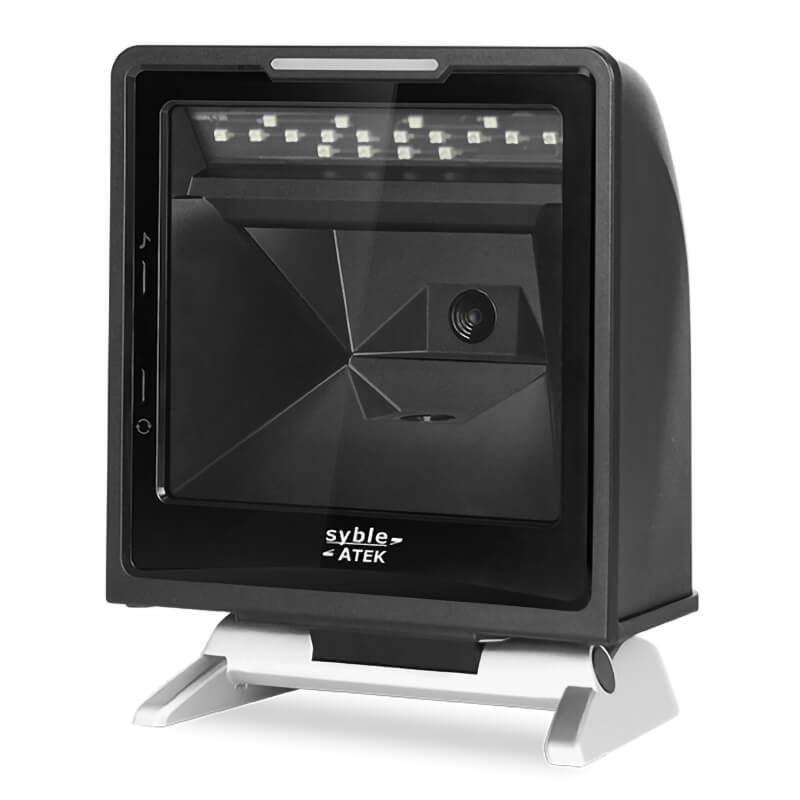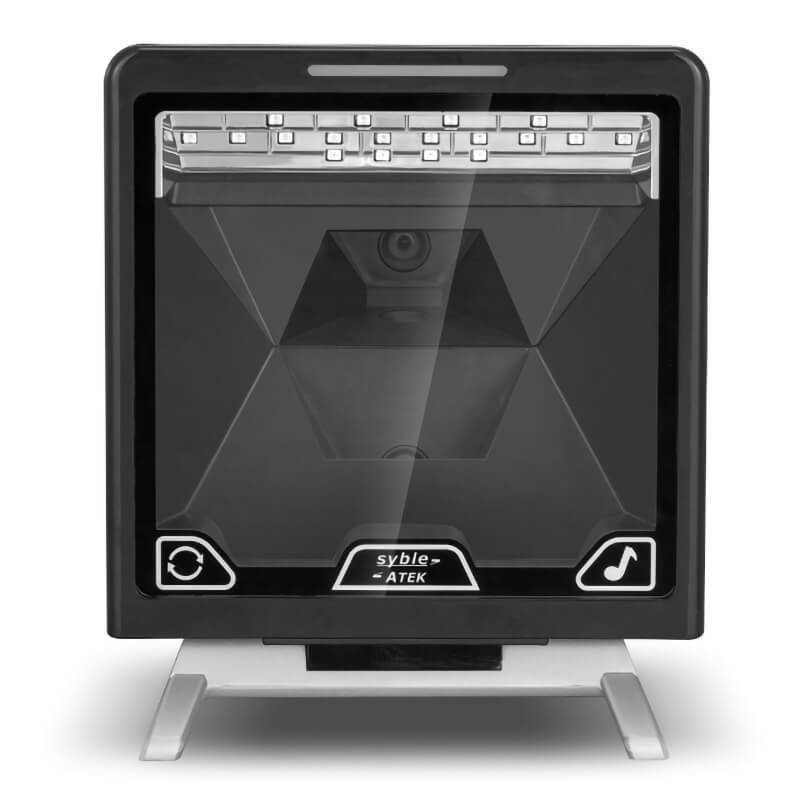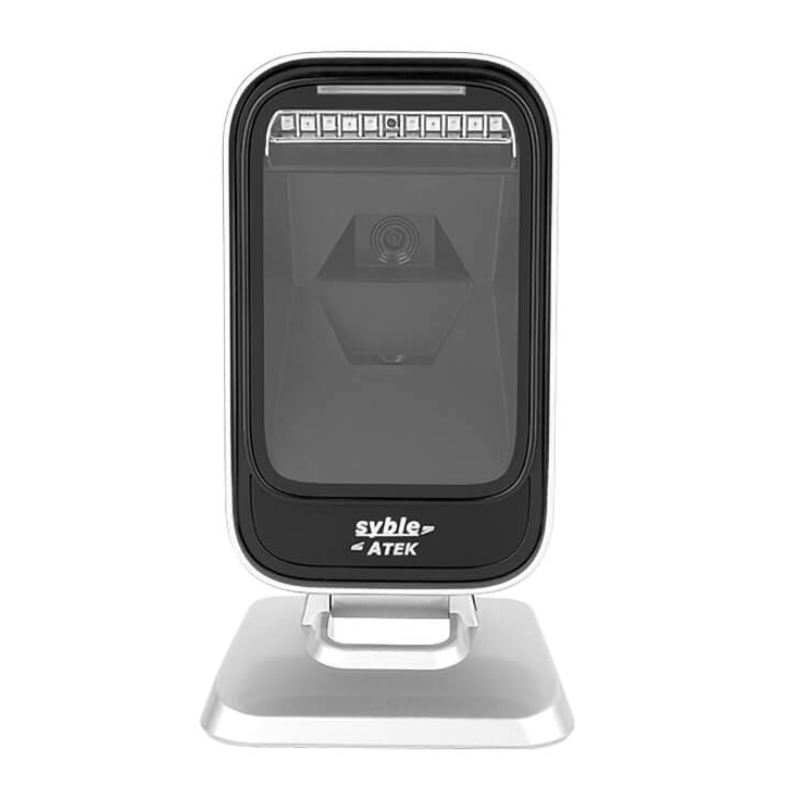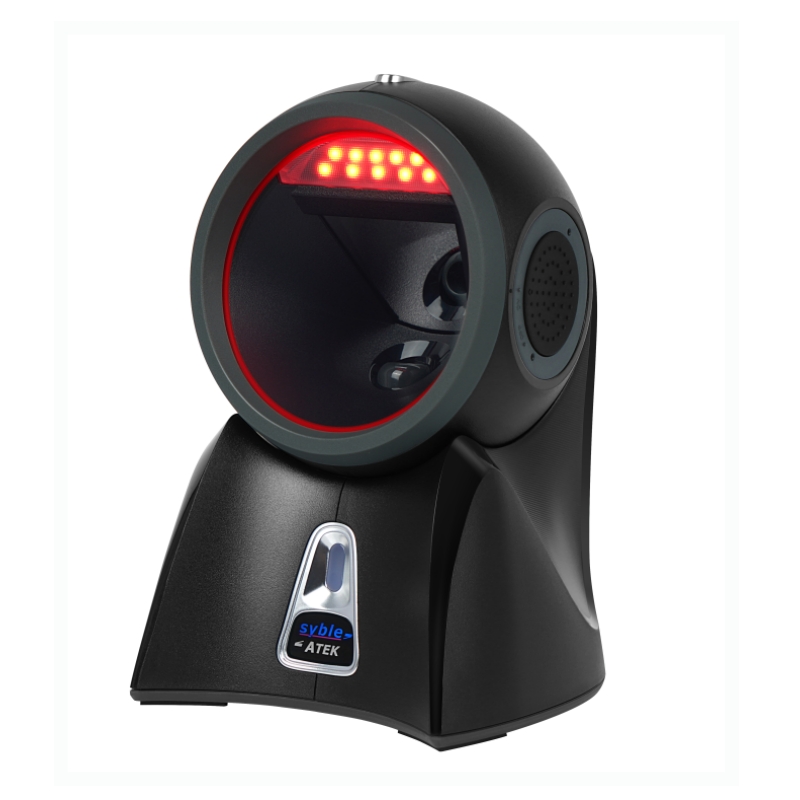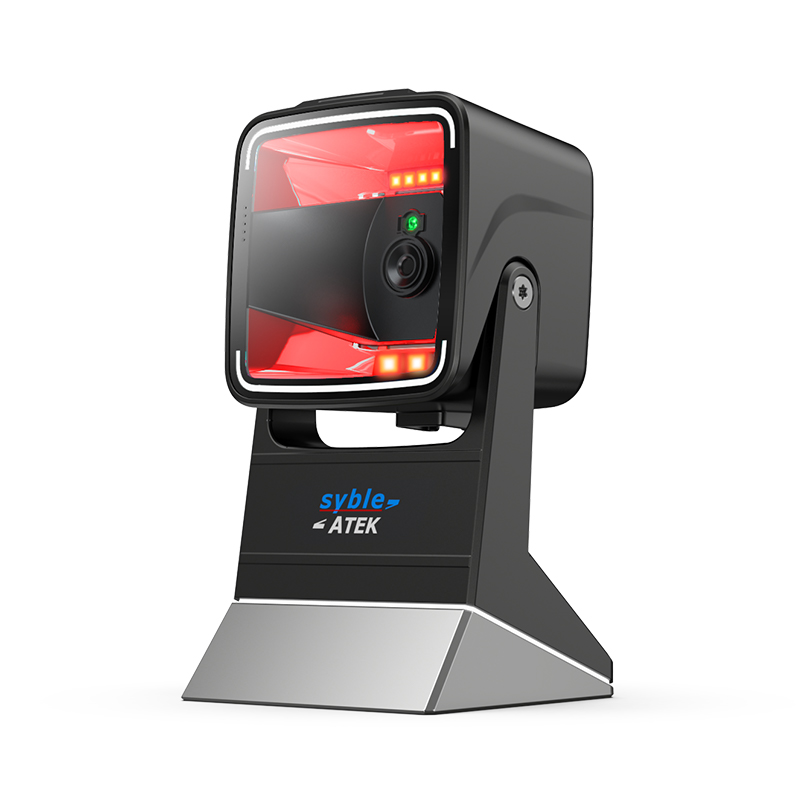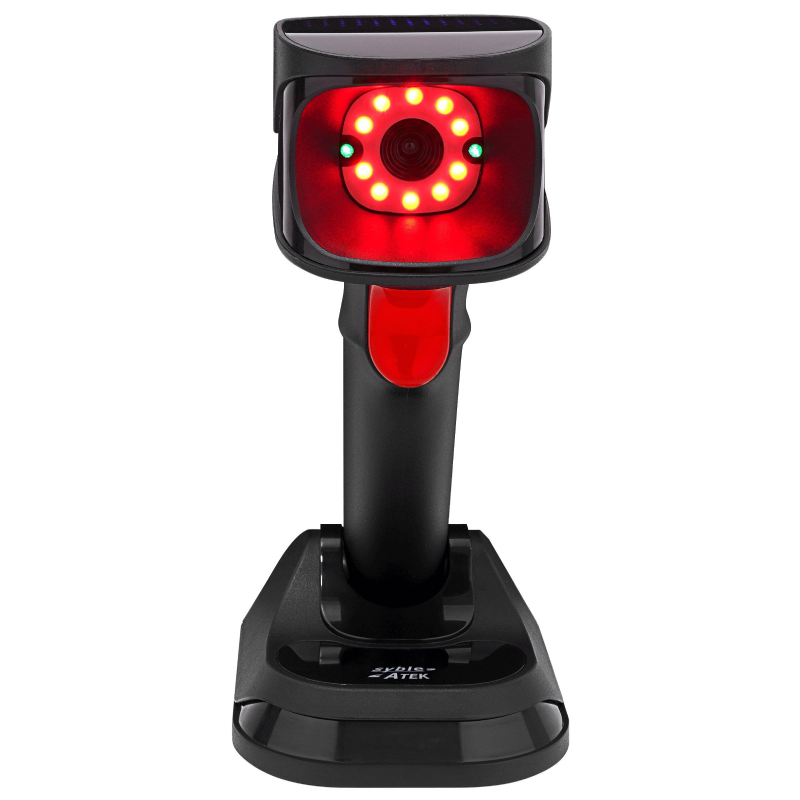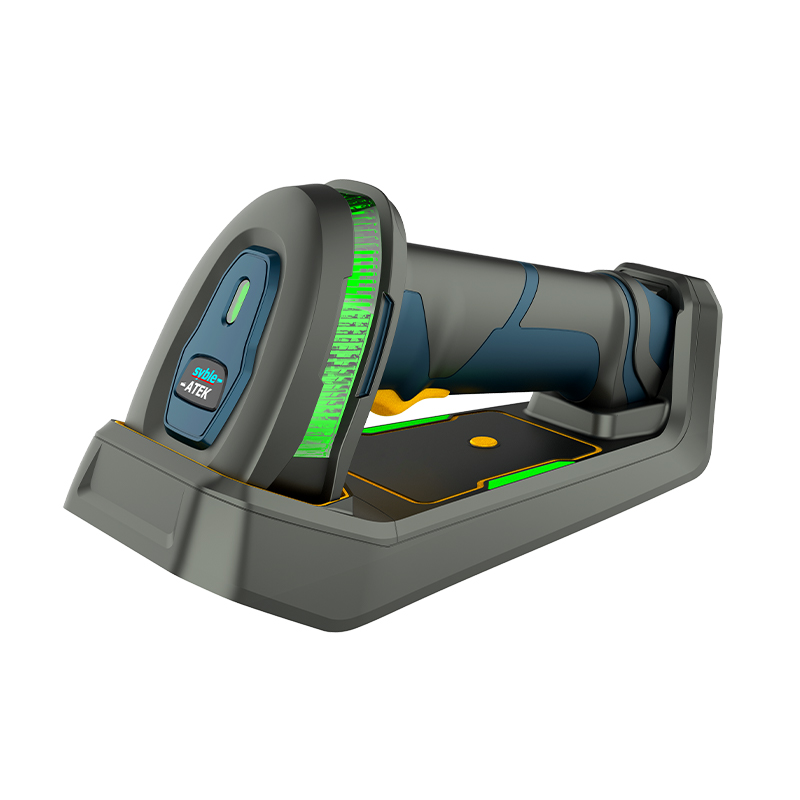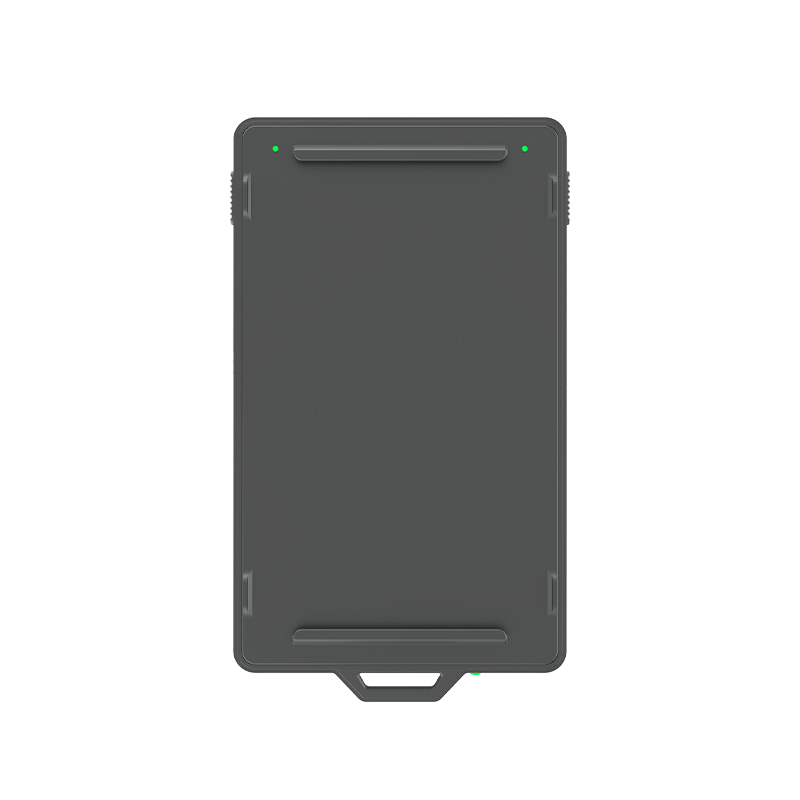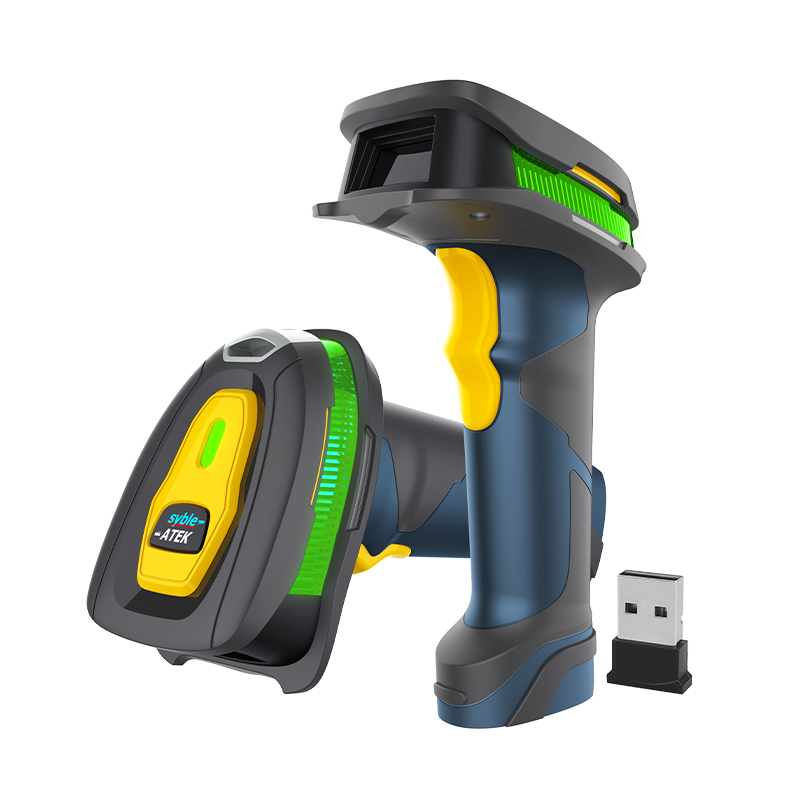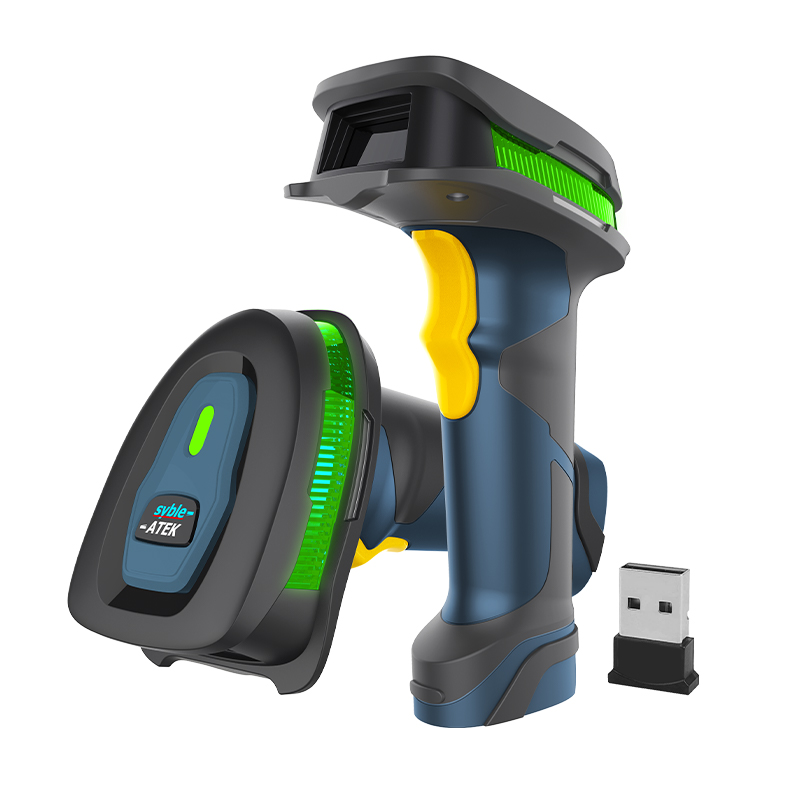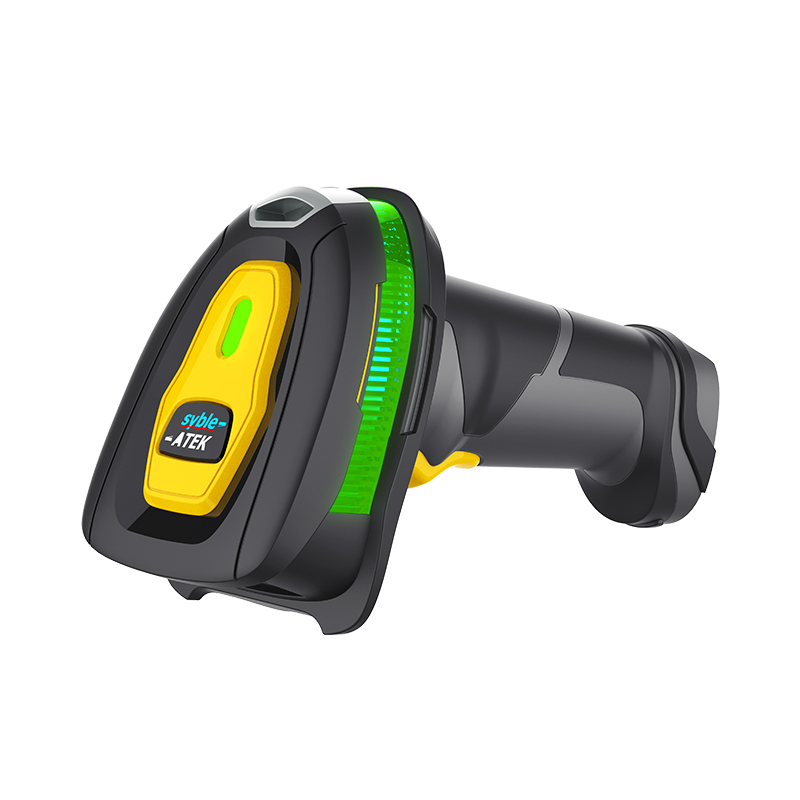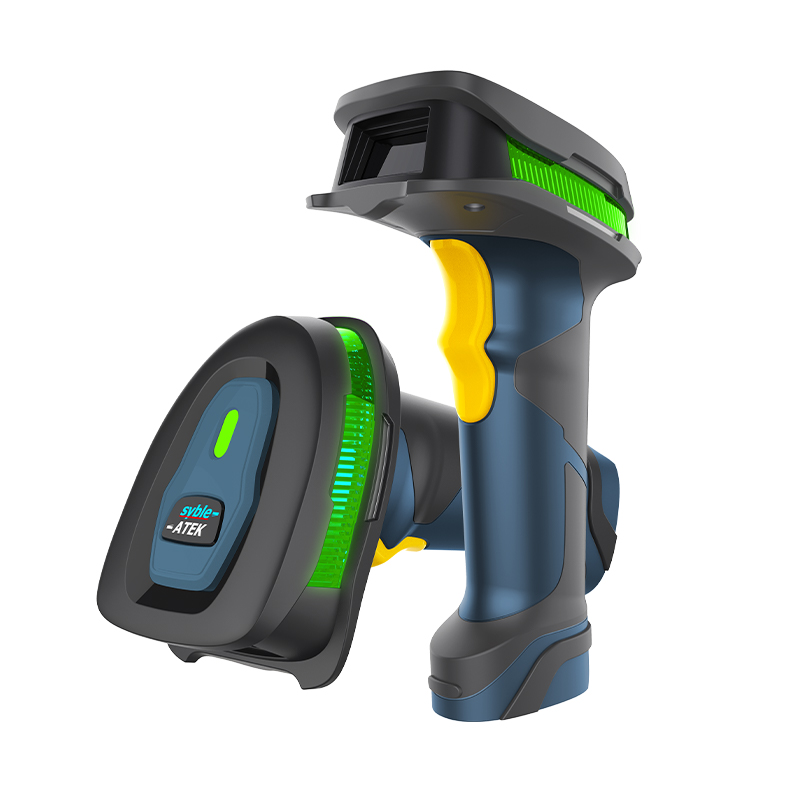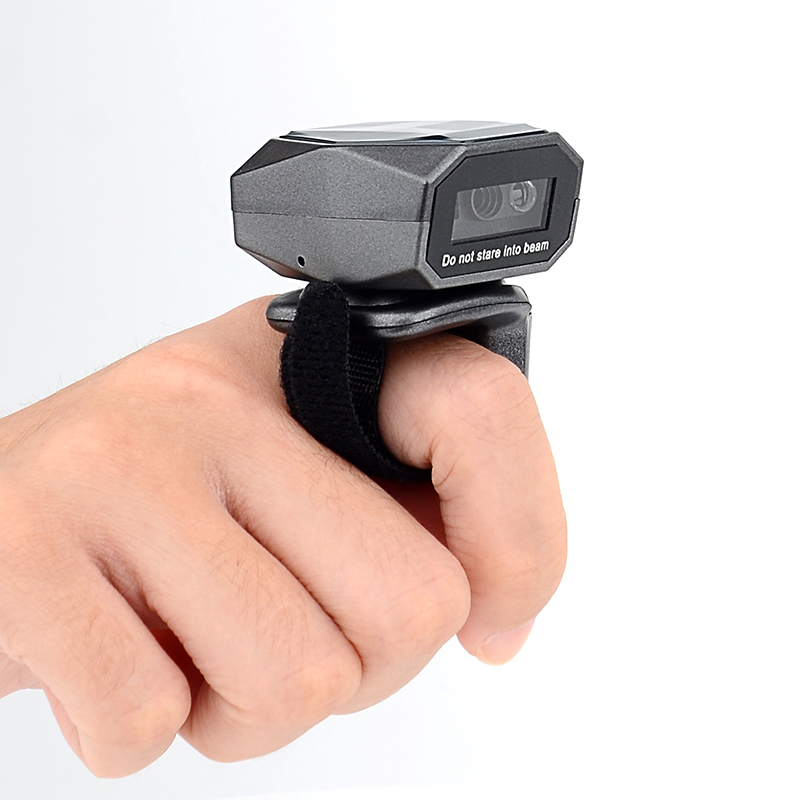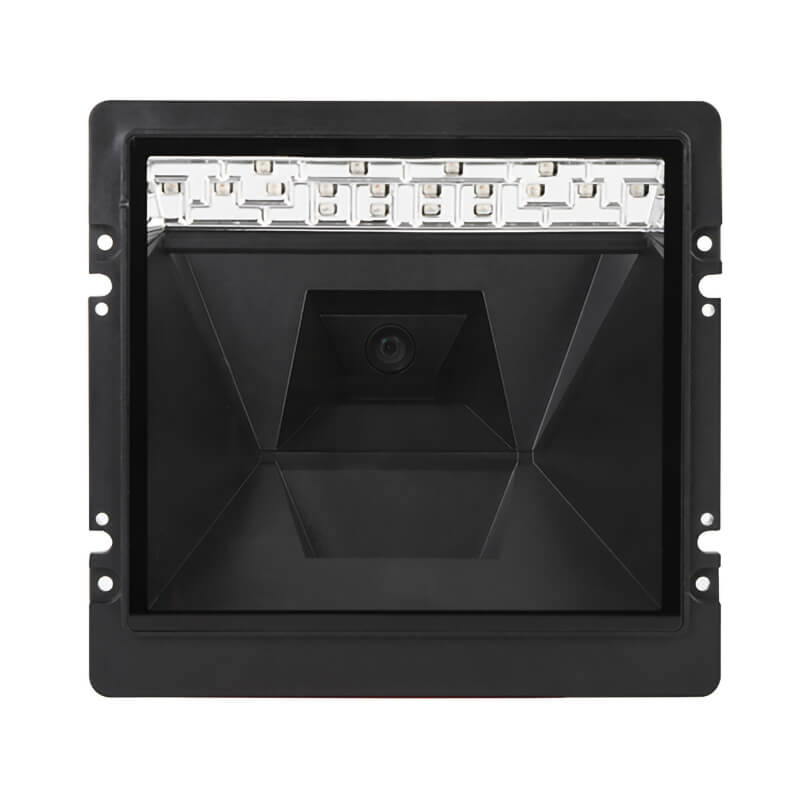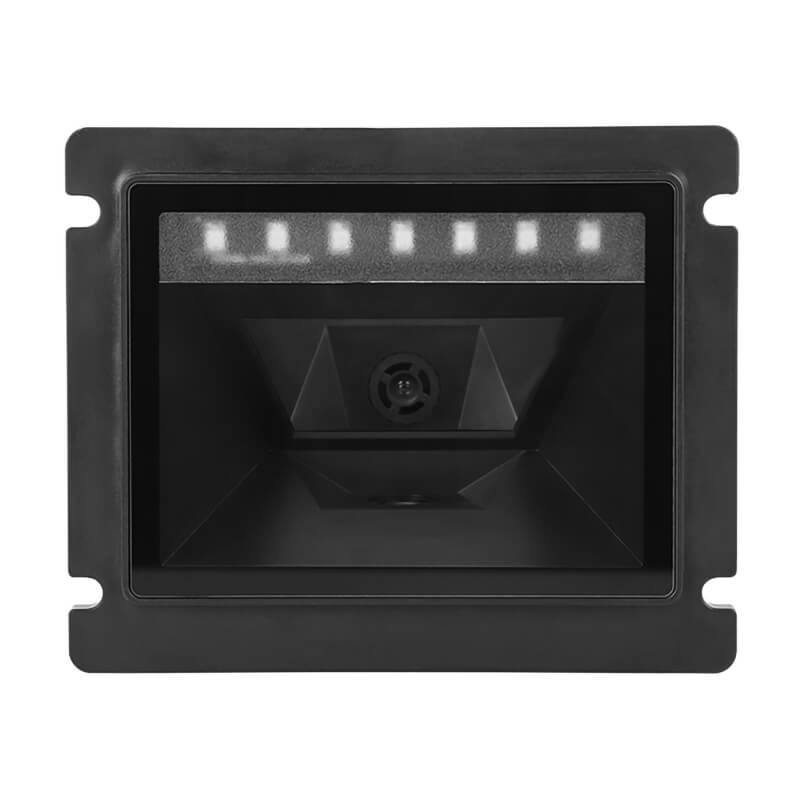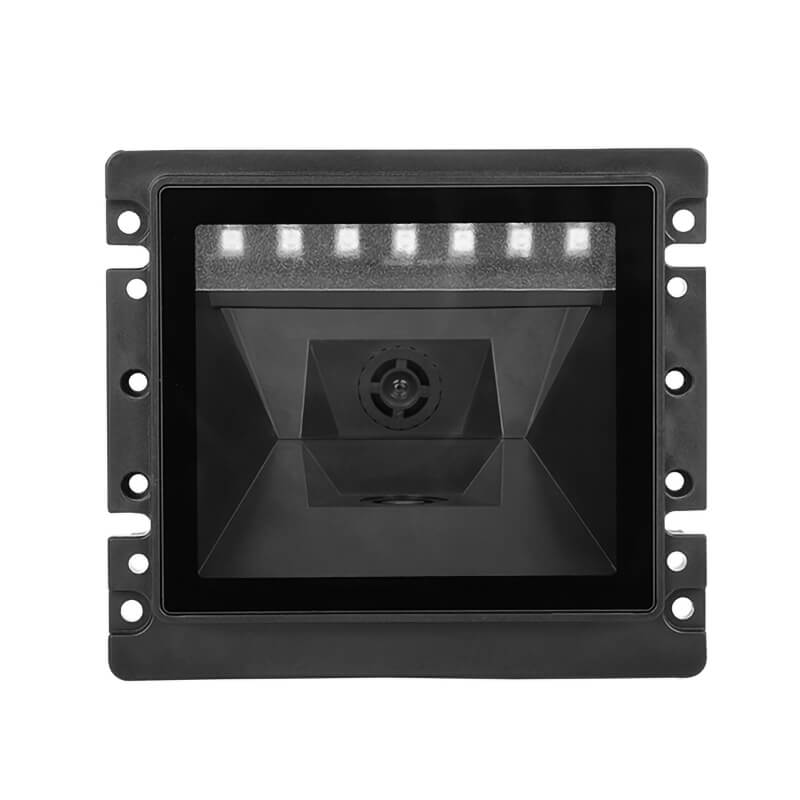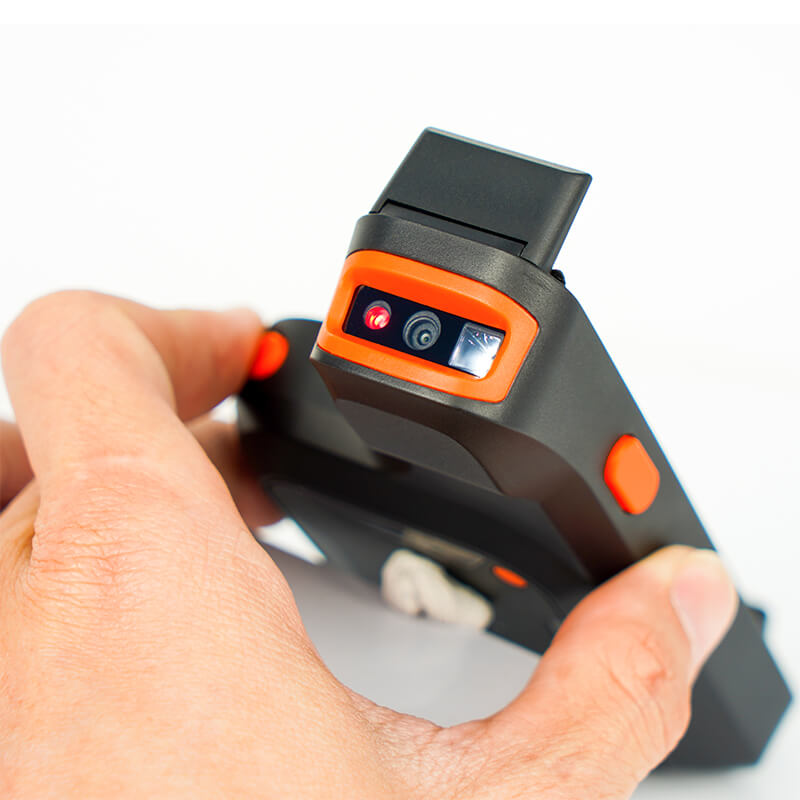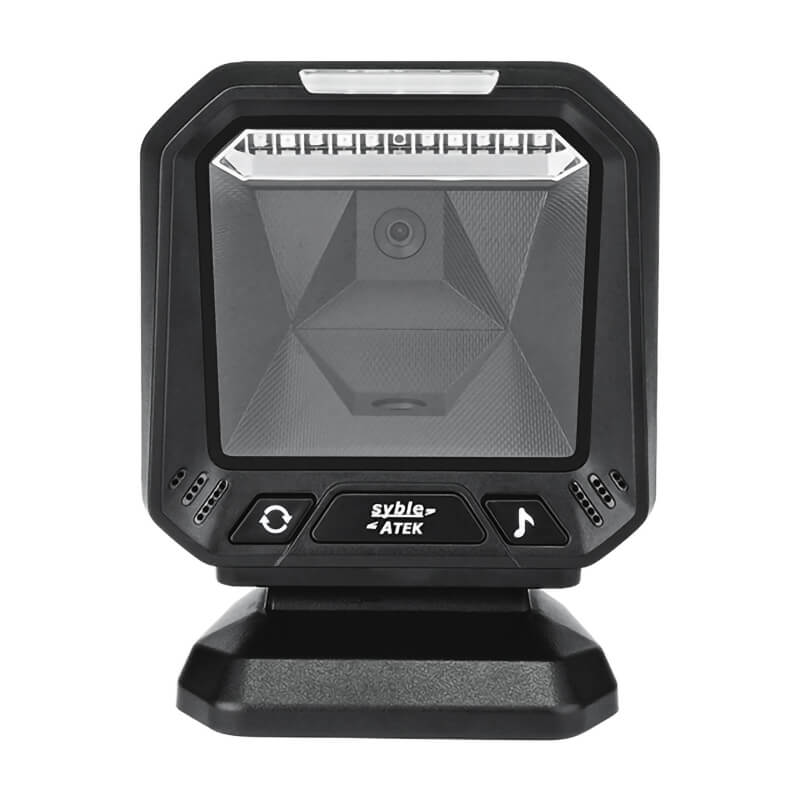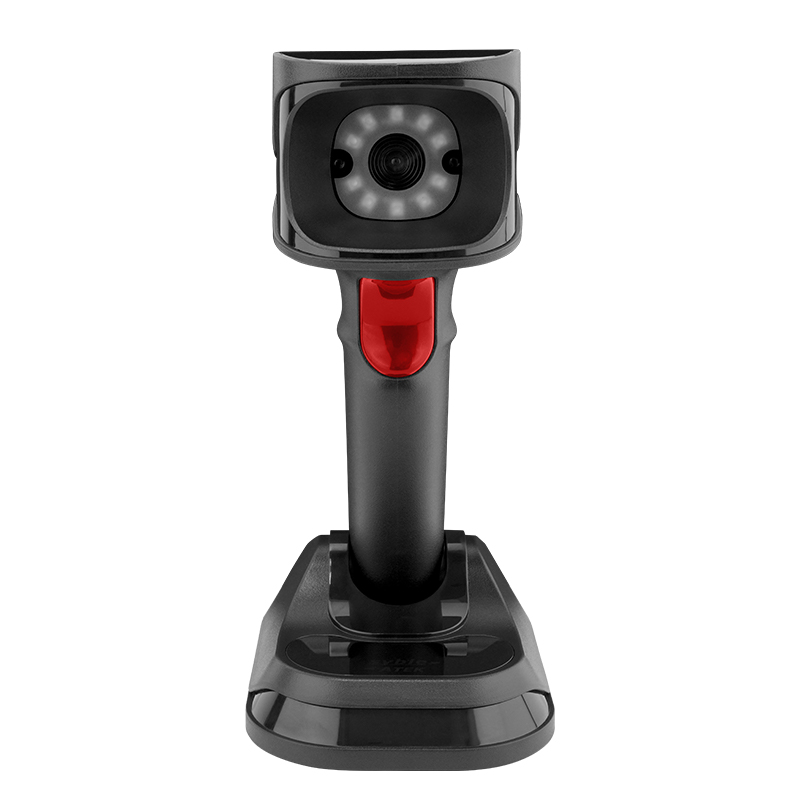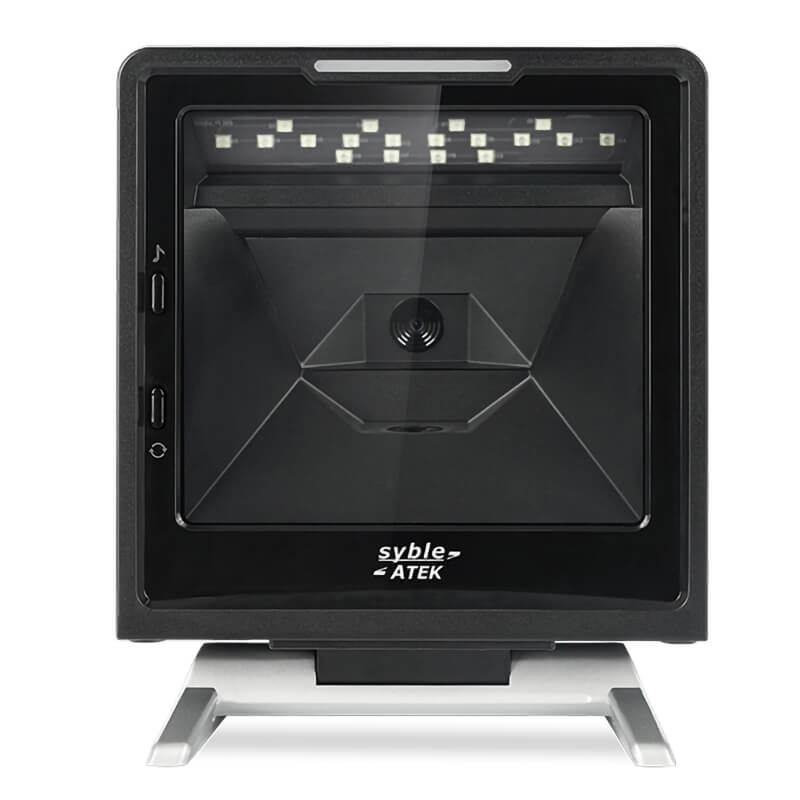2D barcode scanners have altered how businesses handle data, expedite procedures, and improve consumer experiences. This comprehensive guide explores the intricacies of 2D barcode technology, its advantages, applications, and best practices for implementation.
Understanding 2D Barcode Technology
What is a 2D Barcode?
A 2D barcode, or two-dimensional barcode, is a graphical representation of data that encodes information in a matrix of dots, squares, or other geometric patterns. Unlike traditional 1D barcodes, which consist of parallel lines, 2D barcodes can store significantly more data in a compact format, making them ideal for various applications, including retail, logistics, and healthcare. Common types of 2D barcodes include QR codes, Data Matrix codes, and PDF417 codes.
How Does 2D Barcode Technology Work?
When a 2D barcode is scanned, the scanner captures an image of the barcode and uses decoding algorithms to extract the encoded information. This technique may retrieve a variety of data, including alphanumeric text, pictures, and even URLs, allowing firms to improve their data management skills.
Advantages of 2D Barcodes
The adoption of 2D barcode technology offers numerous benefits over traditional 1D barcodes:
Increased Data Capacity: 2D barcodes can hold thousands of characters, allowing businesses to include detailed information such as product descriptions, pricing, and inventory levels.
Improved Data Security: With improved encryption techniques, 2D barcodes provide increased protection for sensitive information, making them appropriate for areas such as healthcare and banking.
Versatility: 2D barcodes can be printed on various surfaces, including paper, plastic, and metal, and can be scanned using smartphones, increasing accessibility and usability.
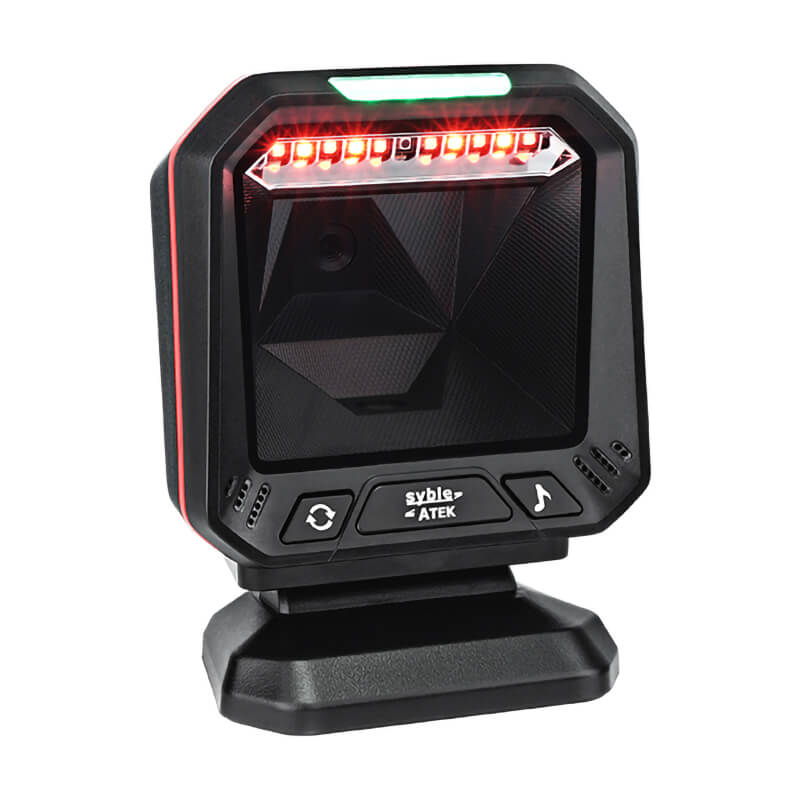
1D 2D Barcode Scanner by Syble
Applications of 2D Barcode Scanners
Retail and Inventory Management
In the retail sector, 2D barcode scanners streamline inventory management by enabling quick and accurate tracking of products. Scanners can read barcodes on items, making checkouts speedier and eliminating human error in inventory counts.
Logistics and Supply Chain
2D barcodes play a crucial role in logistics and supply chain management by providing real-time tracking of shipments. They enable businesses to monitor the movement of goods, ensuring timely deliveries and reducing losses.
Healthcare
In healthcare, 2D barcodes enhance patient safety by allowing for accurate tracking of medications and medical equipment. Scanners can read barcodes on prescriptions and patient wristbands, ensuring that the correct drug is given to the appropriate patient.
Marketing and Customer Engagement
Businesses use 2D barcodes in marketing campaigns to engage customers. QR codes can link to websites, promotional offers, or product information, providing a seamless experience for consumers and driving sales.
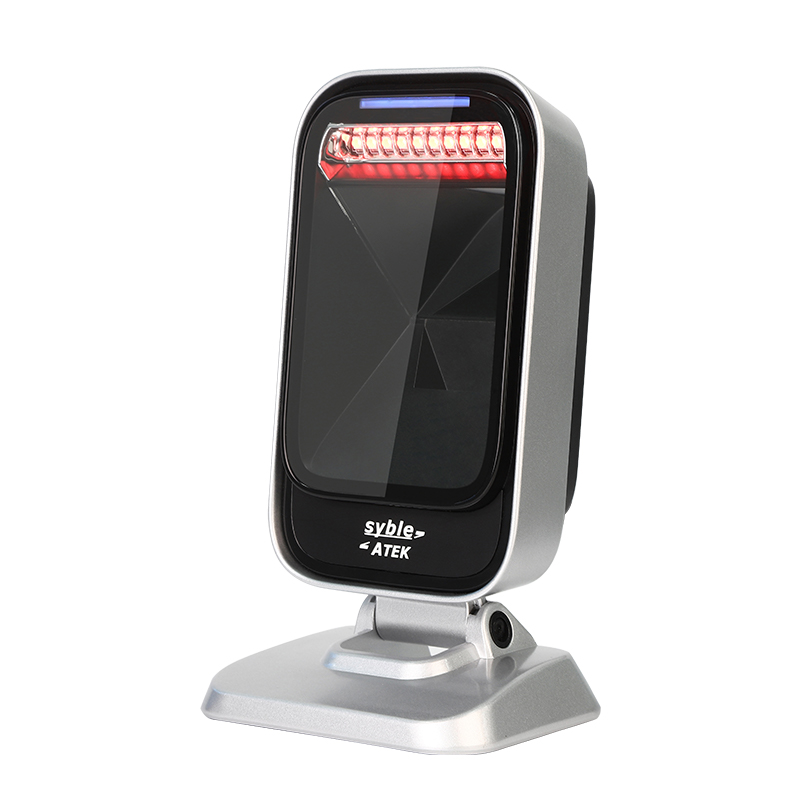
Choosing the Right 2D Barcode Scanner
Types of 2D Barcode Scanners
When selecting a 2D barcode scanner, businesses should consider the following types:
Handheld Scanners: These portable devices are ideal for retail environments and warehouse operations, allowing users to scan items quickly and efficiently.
Fixed-Mount Scanners: Often used in assembly lines or kiosks, these scanners are integrated into automated systems to scan barcodes without manual intervention.
Mobile Scanners: These devices, often integrated into smartphones or tablets, provide flexibility for scanning on the go, making them ideal for field operations.
Key Features to Consider
When choosing a 2D barcode scanner, consider the following features:
Scanning Speed: A faster scanning speed improves efficiency, especially in high-volume environments.
Scanning Distance: Depending on the application, select a scanner with the appropriate scanning distance to accommodate various operational needs.
Durability: For industrial applications, choose rugged scanners that can withstand harsh environments and accidental drops.
Conclusion
Businesses can unlock the full potential of 2D barcode technology to drive growth and success in their operations by understanding the technology, selecting the right scanners, and implementing best practices. 2D barcode scanners have the power to improve data management, operational efficiency, and customer engagement.

